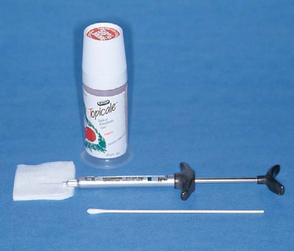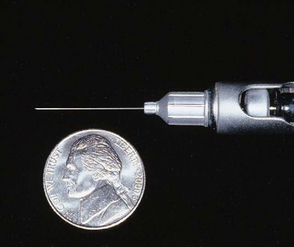CHAPTER 5 Controlling Pain in Dentistry
Pain Control
Pain associated with the mouth has always been a subject of concern. Toothache is well known to be one of the most debilitating types of pain in the body. Because of this pain, dentists have been leaders in the development of both local and general anesthetic. Some persons believe it is necessary to feel oral pain during dental treatment. This incorrect belief has motivated many potential dental patients to avoid seeking proper periodic oral care. Is modern dentistry really that painful? What types of pain control concepts are available today? This chapter will inform you about the various methods dentists use to control pain, and it should convince you that most of today’s dentistry should be nearly painless.
LOCAL ANESTHETICS
Local anesthetics are the most commonly used type of pain control in dentistry (FIG. 5.1). Although you may think dentists use the old product Novocaine (Procaine), the most pop ular type of local anesthetic in dentistry is lidocaine hydrochloride 2%. Usually, this anesthetic has a slight amount of epinephrine (1:100,000) in it to constrict the blood vessels in the anesthetic site and prolong the duration of the anesthetic influence. This popular type of anesthetic is usually effective a few minutes after anesthetic delivery, and its duration is up to 3 hours. With very few exceptions, when this anesthetic is delivered adequately, the patient does not feel anything during treatment. Properly delivered local anesthetic should not be painful. The very small-diameter needles (FIG. 5.2), used carefully, and with preinjection topical numbing, provide simple, easy, painless anesthesia that dissipates soon after therapy is completed.
Stay updated, free dental videos. Join our Telegram channel

VIDEdental - Online dental courses




